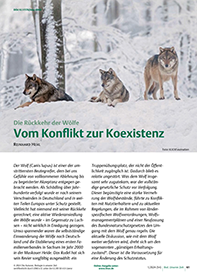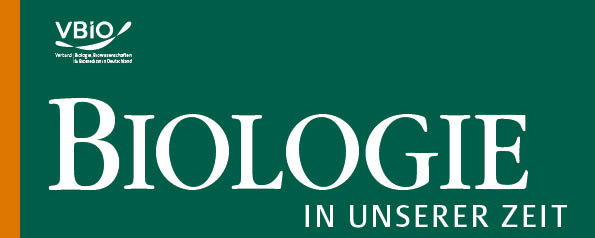The return of the wolves: From conflict to coexistence
DOI:
https://doi.org/10.11576/biuz-6990Keywords:
Canis lupus, Wolfsterritorien, Wolfsmonitoring, Berner Konvention, Flora-Fauna-Habitat-Richtlinie, günstiger ErhaltungszustandAbstract
Wolves are social animals that live in a family unit and a relatively clearly defned territory. They were eradicated from large parts of Europe in recent centuries due to the damage they cause to agriculture. Nowadays, the wolf is seen as an important part of a nearnatural landscape in its ecosystem. Therefore, the wolf is strictly protected according to the Bern Convention, the FaunaFlora Habitat Directive and the Federal Nature Conservation Act, which has favoured its return. Between the years 2000 and 2022, 161 wolf territories were occupied in Germany and it is likely that there is room for more than 700 territories. With the increase in wolf populations, conficts with agriculture grow due to livestock depredation and close encounters with humans. Therefore, depending on the wolf management plan of the federal states, measures for herd protection are fnancially supported and damages to farm animals can be fnancially compensated if herd protection measures are followed. Problematic animals that have lost their shyness towards humans as well as wolves that cause damage can be killed according to the legal requirements. How humans and wolves will coexist in the future, is part of the current discussion.

Downloads
Published
How to Cite
Issue
Section
License
Copyright (c) 2024 Reinhard Hehl

This work is licensed under a Creative Commons Attribution-ShareAlike 4.0 International License.

